This article was co-authored by Erik Kramer, DO, MPH. Dr. Erik Kramer is a Board-Certified Primary Care Physician at the University of Colorado. With over 15 years of experience, his clinical interests include obesity and weight management, diabetes care, and preventive care, as well as embracing a holistic approach to primary care. He received his Doctorate in Osteopathic Medicine (D.O.) from the Touro University Nevada College of Osteopathic Medicine and completed his residency at Central Maine Medical Center. Dr. Kramer is a Diplomate of the American Board of Obesity Medicine.
There are 15 references cited in this article, which can be found at the bottom of the page.
wikiHow marks an article as reader-approved once it receives enough positive feedback. In this case, 98% of readers who voted found the article helpful, earning it our reader-approved status.
This article has been viewed 96,429 times.
Sodium is an important electrolyte that helps regulate the amount of fluid in your body. It’s also vital for keeping your muscles and nerves functioning properly.[1] If you don’t get enough sodium in your diet, or if you lose too much sodium due to certain health conditions—such as dehydration due to severe diarrhea or vomiting—you can develop a dangerous condition called hyponatremia (low sodium levels).[2] To make sure your sodium levels are healthy, talk to your doctor about treating the root causes of sodium loss and making dietary changes, if necessary.
Steps
Dietary Changes
-
1Include naturally high-sodium foods in your diet. Some foods naturally contain more sodium than others. Eating more of these foods can help maintain a higher sodium balance. Many of these foods, such as sauerkraut, also have other benefits, such as promoting a healthy digestive tract.[3] Some good dietary sources of sodium include:[4]
- Tomato sauce and other canned tomato products
- Sauerkraut
- Sour pickles
- Jalapeno peppers
- Canned vegetables
- Instant mashed potatoes
- Salted fish
- Eggs
- Salted nuts, seeds, beans, and peas
- Tofu
-
2Avoid highly refined or processed foods. Even though these are typically higher in sodium, they also come with a cost of being higher in sugar, fat, and calories.[5] To manage your sodium levels in the healthiest way possible, steer clear of foods such as:
- Packaged cakes and cookies
- Greasy fast food, like pizza or burgers
- Heavily salted sausages or bacon
- Potato chips
- Microwave dinners
Advertisement -
3Add salt to your foods and cooking. Another easy way to get in extra sodium to your diet is by using more salt on your meals and while you cook.[6] Ask your doctor or a dietitian for advice about how much more salt to add to your diet.
- 1 teaspoon (6 g) of table salt contains about 2300-2500 mg of sodium. Sprinkle your meals with a little salt and use it while you're cooking.
- When using prepared sauces, marinades, canned foods, and other cooking ingredients, do not choose low-sodium or low-salt options. For example, use salted butter instead of unsalted butter.
-
4Avoid caffeine and alcohol. These categories of fluids may worsen low sodium levels. Both can cause electrolyte imbalances and also act as a mild diuretic (a substance that causes you to expel more water and salt from your body).[7]
- Caffeinated drinks to avoid include coffee, tea, and energy drinks. Avoid bottled juices or sports drinks that promise an "increase in energy," as they might also contain caffeine.
- Although it's usually okay to consume alcohol occasionally, avoid it completely if you are suffering from low sodium levels and are having difficulty managing them.
-
5Restrict your water intake. Cutting back on the amount of water and other clear fluids you consume can help manage your sodium levels. Too much water can dilute the sodium levels in your blood and make them more difficult to manage.[8] If you’re concerned about how much water you’re drinking, get advice from your doctor.
- Although water is crucial to your health, you shouldn't overconsume it. In general, your thirst should guide you to what is an appropriate amount of fluid. If you're not thirsty, you're most likely consuming an adequate amount of fluid.[9]
- Also take note of your urine color. If your urine is pale yellow and you're using the bathroom between 4-6 times daily, you're most likely consuming adequate fluids daily.
- Reducing your water intake will help your body naturally raise its ratio of sodium to water. This may be easier and more effective than sodium replacement.
-
6Drink sports drinks when you’re working out. These drinks contain electrolytes and will provide the necessary amount of minerals, including sodium. If you’re exercising hard or working in the heat, grab a sports drink instead of regular water when you need to rehydrate.[10]
- Even low calorie or diet sports drinks contain extra sodium and other helpful electrolytes.
- Sports drinks are also a great way to replenish temporarily reduced sodium levels when you’re dehydrated from throwing up or having diarrhea.
-
7Drink oral rehydrating solutions (ORS) to boost sodium in case of excessive fluid loss. Oral rehydrating solutions are especially helpful in cases of diarrhea, vomiting, and excessive sweating. Ask your doctor to recommend one, or make your own with household ingredients.[11]
- Commercially available ORS, such as Pedialyte or Ultima, can be bought over the counter. They may come in the form of ready-to-drink liquids or powders that are meant to be diluted in water. Follow the package directions for proper use.
- You can also make your own ORS at home by dissolving 2 tablespoons (25 g) of sugar and ¾ teaspoons (4.25 g) of salt in 1 US quart (0.95 L) of water. Mix in a little powdered drink mix (such as Crystal Light) or juice to improve the flavor.[12]
- Coconut water is also a good ORS substitute as it contains natural electrolytes to help manage fluid balance.[13]
Medical Treatments
-
1Talk to your physician. If you're dealing with low sodium levels or are having difficulty managing them with lifestyle and diet changes, it's important to speak with your doctor. They will be able to help you appropriately and safely manage your condition.
- Your doctor may prescribe medications to help manage your low sodium levels. Always follow their directions prior to making any dietary or other lifestyle changes.
- Ask your physician if there are changes you can make at home to help support a normal sodium level.
-
2Take anti-nausea medication to prevent vomiting. If your low sodium level is due to vomiting, consider trying an over-the-counter anti-nausea medicine. Taking anti-nausea medicine may help stop the excessive loss of fluid due to vomiting.[14]
- When you vomit, you expel most of the contents of your stomach, including water, sodium, and other electrolytes.[15]
- If you are vomiting excessively, such as during a stomach flu or other bacterial or viral illness, you may lose so much water and sodium that your sodium levels drop dangerously low.
- In addition to anti-nausea medications, consider natural ways to manage nausea and vomiting. Ginger tea, ginger soda, and more small, frequent meals can help reduce nausea and vomiting.
- Always talk to your doctor prior to taking any over-the-counter medications. They may also be able to prescribe anti-nausea medications if over-the-counter options don’t work for you.
-
3Take anti-diarrheals. Another common cause of low sodium levels is diarrhea. Taking an over-the-counter medication to help lessen or stop diarrhea can help you manage low sodium levels.[16]
- Diarrhea causes your body to flush out a large amount of fluids. Your gut doesn't have the time to absorb the needed minerals, including sodium.
- If your doctor recommends it, take anti-diarrheal medications to stop diarrhea and allow your body time to reestablish your sodium levels.
- In addition to medication, there are some natural ways to manage diarrhea. Try eating bland, low-fiber foods like bananas, white rice, and toast. Also avoid high-fiber foods and dairy, as these can make diarrhea worse.[17]
- Consult with your doctor prior to taking any over-the-counter medications.
Expert Q&A
-
QuestionWhat foods are naturally high in sodium?
 Claudia Carberry, RD, MSClaudia Carberry is a Registered Dietitian specializing in kidney transplants and counseling patients for weight loss at the University of Arkansas for Medical Sciences. She is a member of the Arkansas Academy of Nutrition and Dietetics. Claudia received her MS in Nutrition from the University of Tennessee Knoxville in 2010.
Claudia Carberry, RD, MSClaudia Carberry is a Registered Dietitian specializing in kidney transplants and counseling patients for weight loss at the University of Arkansas for Medical Sciences. She is a member of the Arkansas Academy of Nutrition and Dietetics. Claudia received her MS in Nutrition from the University of Tennessee Knoxville in 2010.
Master's Degree, Nutrition, University of Tennessee Knoxville Master's Degree, Nutrition, University of Tennessee KnoxvilleExpert AnswerSodium is found in seasonings such as sea salt. It is mostly in processed foods or anything in a box, bag, or can.
Master's Degree, Nutrition, University of Tennessee KnoxvilleExpert AnswerSodium is found in seasonings such as sea salt. It is mostly in processed foods or anything in a box, bag, or can.
References
- ↑ https://www.uofmhealth.org/health-library/hw203476
- ↑ http://www.merckmanuals.com/home/hormonal-and-metabolic-disorders/electrolyte-balance/hyponatremia-low-level-of-sodium-in-the-blood
- ↑ https://www.bbcgoodfood.com/howto/guide/health-benefits-sauerkraut
- ↑ https://www.healthlinkbc.ca/healthy-eating/food-sources-of-sodium
- ↑ http://www.nhs.uk/livewell/goodfood/pages/what-are-processed-foods.aspx
- ↑ https://my.clevelandclinic.org/health/diseases/17762-hyponatremia
- ↑ https://www.ncbi.nlm.nih.gov/pmc/articles/PMC5588416/
- ↑ http://www.mayoclinic.org/diseases-conditions/hyponatremia/basics/treatment/con-20031445
- ↑ http://www.mayoclinic.org/diseases-conditions/hyponatremia/basics/prevention/con-20031445
- ↑ http://www.mayoclinic.org/diseases-conditions/hyponatremia/basics/prevention/con-20031445
- ↑ https://www.uptodate.com/contents/oral-rehydration-therapy
- ↑ https://med.virginia.edu/ginutrition/wp-content/uploads/sites/199/2021/01/Homemade-Oral-Rehydration-Solutions-9-2018-1.pdf
- ↑ https://www.npr.org/sections/health-shots/2011/08/15/139638930/saved-by-the-coconut-water-parsing-coconut-waters-medical-claims
- ↑ https://voice.ons.org/news-and-views/antiemetics-for-nausea-and-vomiting-simplified
- ↑ http://www.mayoclinic.org/diseases-conditions/hyponatremia/basics/causes/con-20031445
- ↑ http://www.mayoclinic.org/diseases-conditions/hyponatremia/basics/causes/con-20031445
- ↑ http://health.clevelandclinic.org/2014/12/moms-advice-is-still-the-best-for-treating-diarrhea/
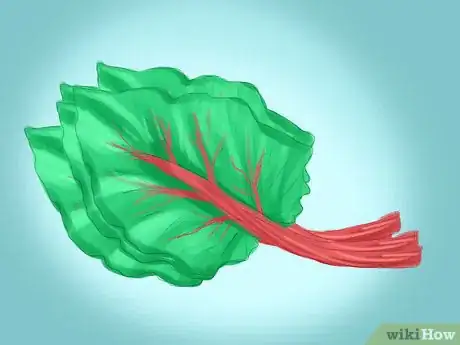
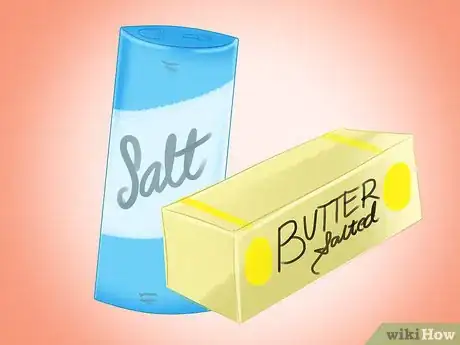
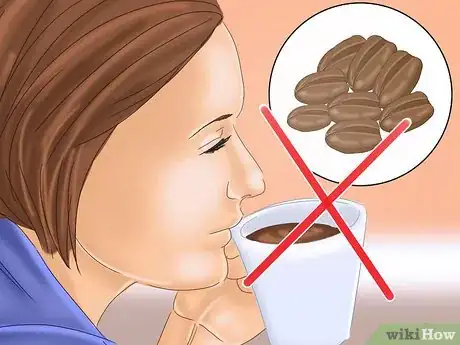
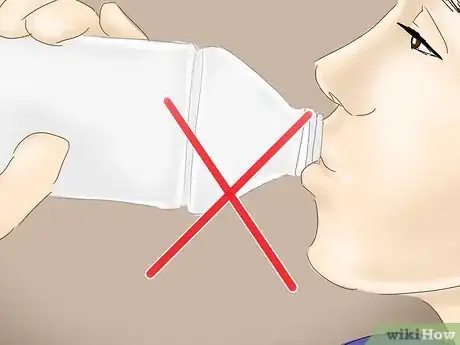
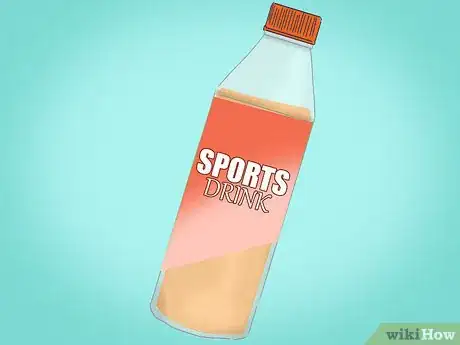
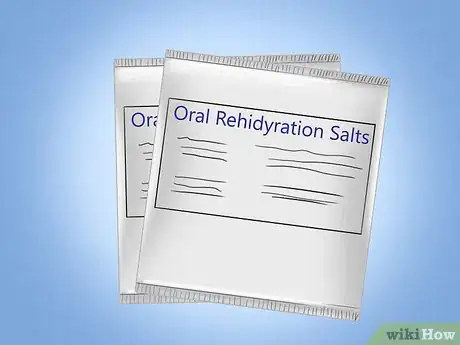
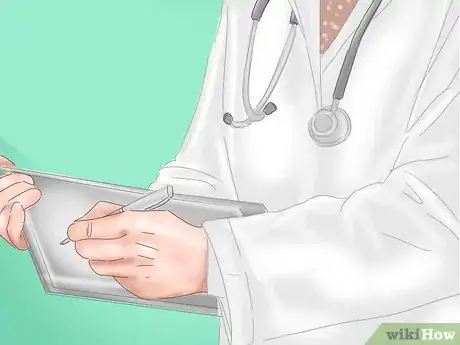
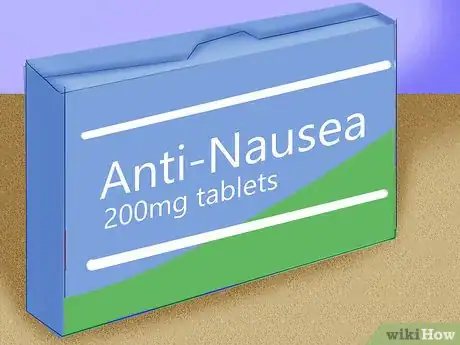
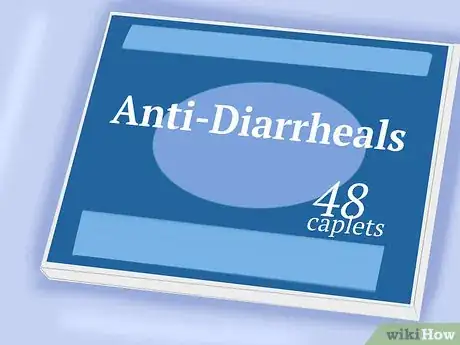
-Step-8.webp)
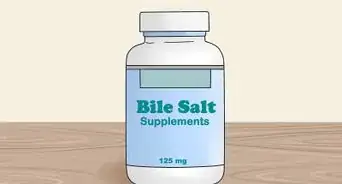
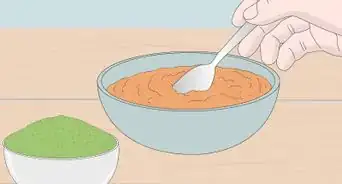
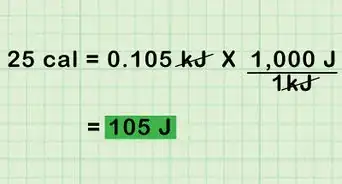

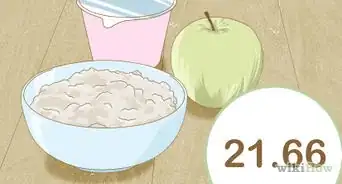
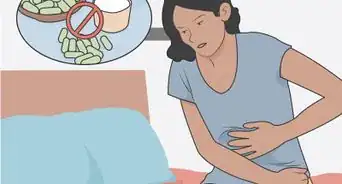
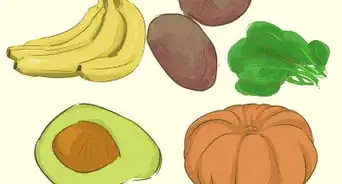
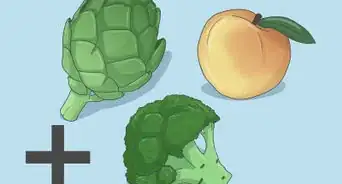













-Step-8.webp)
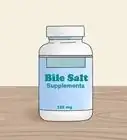

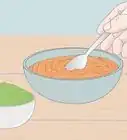



































Medical Disclaimer
The content of this article is not intended to be a substitute for professional medical advice, examination, diagnosis, or treatment. You should always contact your doctor or other qualified healthcare professional before starting, changing, or stopping any kind of health treatment.
Read More...